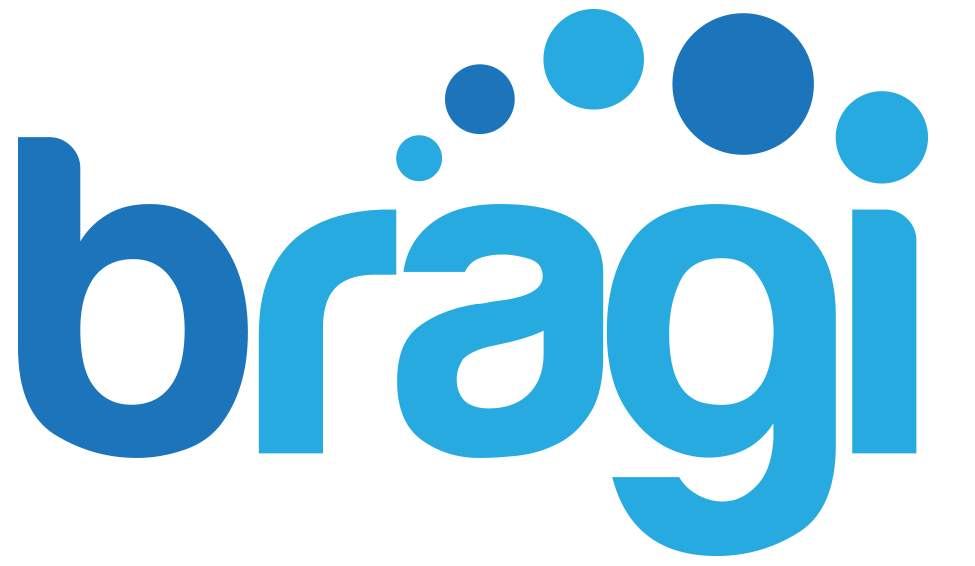Introduction
The Nigerian Civil Service is the backbone of the country’s governance and public administration. While it has been instrumental in numerous ways, there are areas, notably service delivery and employee engagement, where improvements can significantly benefit the civil service and the citizenry it serves. With Africa setting examples in various domains, the time to explore innovative methods to elevate our civil service to global standards is ripe. One such approach is integrating “Design Thinking” into the public service ways of working.
What is Design Thinking?
For those unfamiliar with the term, Design Thinking is a human-centered approach to problem-solving that prioritizes empathy, collaboration, and experimentation. It breaks down complex problems into smaller, manageable components and tests various solutions before scaling. Far from being limited to product design, this methodology can be applied to organizational culture, service delivery, and strategic planning.
Why Design Thinking?
Improve Service Delivery
Inefficient service delivery is a critical issue that plagues many African public sectors. A 2019 study by the World Bank highlighted significant delays and bureaucratic obstacles in Nigerian public offices. Design Thinking can help to empathize with the end-users of services, understand their pain points, and then iterate solutions tailored to their needs.
Case Study: South Africa’s Service Delivery Innovation
In South Africa, Design Thinking was used to revamp the public transport ticketing system. Using empathy maps and stakeholder interviews, the design team simplified the ticketing process, making it more efficient and user-friendly. This led to an increase in user satisfaction and reduced the time spent in queues by 30%.
Enhance Employee Engagement
Low employee morale can hamper productivity and foster a toxic work environment. According to a 2020 survey by Gallup, only 13% of Nigerian employees felt engaged at work, one of the lowest rates in Africa.
Design Thinking involves employees in problem-solving, making them feel heard and valued. It fosters a culture of open dialogue and mutual respect.
Case Study: Kenya’s Civil Service Training
A Design Thinking workshop was implemented in Kenya to improve the Civil Service training program. Employees were engaged to identify challenges and co-create solutions. The results? A 20% increase in training effectiveness and improved employee morale.
Recommendations for the Nigerian Civil Service
- Incorporate Design Thinking Workshops: Regular workshops can help introduce the concept and provide hands-on training to employees.
- Pilot Programs: Start with pilot programs focused on service delivery in select departments and measure the outcomes.
- Collaborate with Experts: Partner with academic institutions or consultancies skilled in Design Thinking to guide the transformation process.
- Track Metrics: Use KPIs to evaluate the effectiveness of interventions over time.
- Build a Design Thinking Team: Create an in-house team overseeing the implementation across various departments.
Conclusion
The Nigerian Civil Service, like many public sector organizations, faces challenges that require innovative solutions. Design Thinking offers a structured, human-centered approach to tackle these problems effectively. As we have seen from examples within Africa, its integration can dramatically improve service delivery and employee engagement. Thus, Design Thinking should be viewed as something other than a mere option but as a necessity for modernizing and elevating the Nigerian Civil Service.
Let’s start thinking by design for a more effective, more efficient, and more humane civil service.



